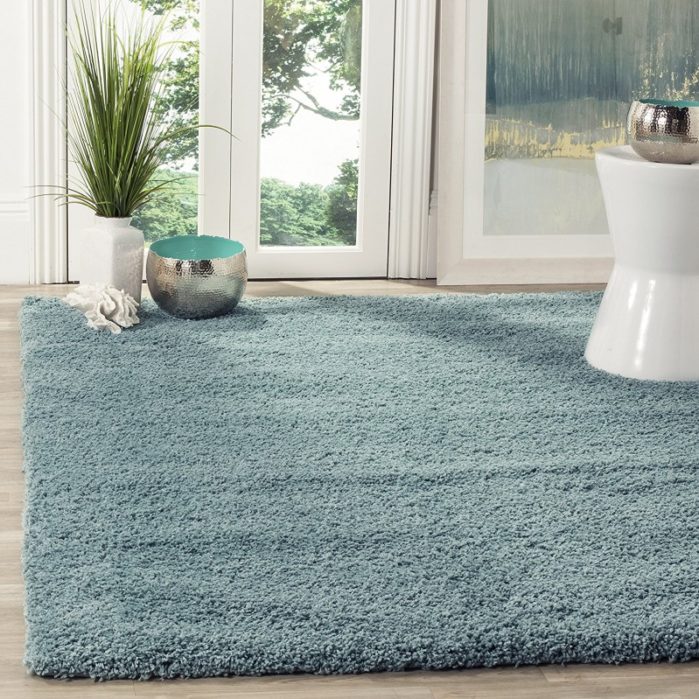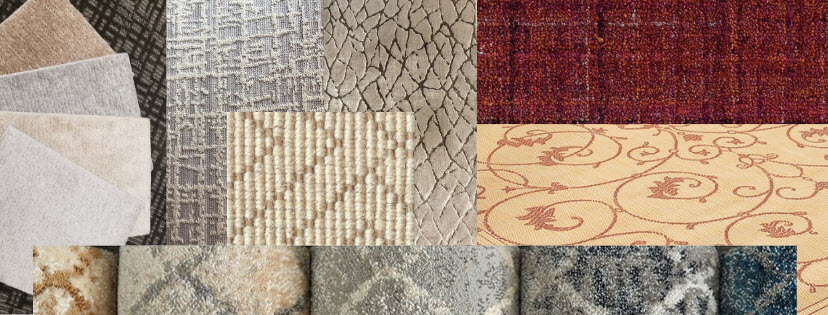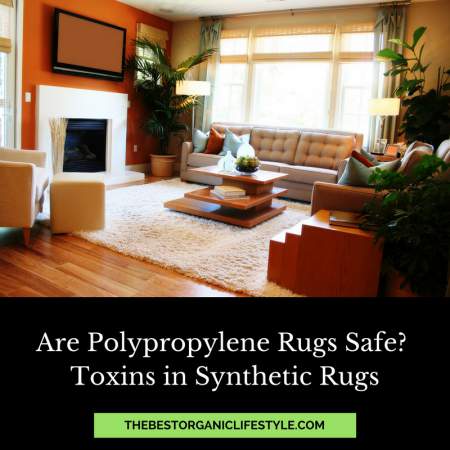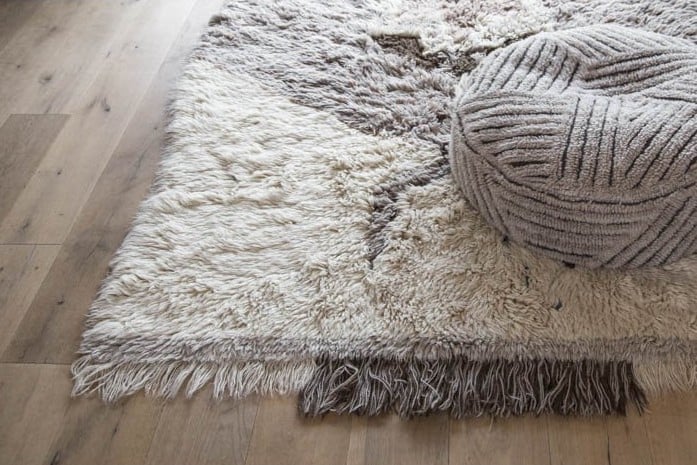Polypropylene Carpet Dangers

The polypropylene plastic can stay in the environment for a very long time and can take nearly hundreds of years for this material to decompose according to sewport.
Polypropylene carpet dangers. Polypropylene or olefin is a popular and versatile fiber usually used for making carpets after nylon. It has some excellent characteristics that make it an ideal choice for rugs and carpets. The polypropylene ones in fact take the biggest share of the international market for synthetic threads around 80. One of the main benefits of this type of fabric is its ability to transfer moisture this.
Olefin has several distinct characteristics as compared to other synthetic carpet fibers. Are polypropylene rugs safe for kids. Polypropylene is a synthetic fabric that is derived from hydrocarbon fuels that have the potential to negatively impact the environment. In the carpet industry the terms are typically used interchangeably.
Walking across your soft wall to wall carpet with bare feet may seem pleasant enough and we won t deny that it does feel cozy but there are some unpleasant and downright dangerous things about carpeting that deserve attention. In choosing whether to buy a polypropylene carpet it is great to research first what the pros and cons of these synthetic fibres are. It is less expensive than wool. This is also the cheapest synthetic rug material.
Unfortunately all varieties that are synthetic have a latex mix that contains styrene a potential cancerous. Flame retardant polypropylene rugs are safe for kids. This homequicks write up tells you some pros and cons of polypropylene rugs. These voc s gas off gas for up up 5 years.
Polypropylene carpet made from synthetic polypropylene also known as olefin is ideal for high traffic areas. Polypropylene carpets pros and cons. Olefin is the generic name for polypropylene a synthetic fiber used to make many different products including carpet. Polypropylene or olefin is the most commonly used synthetic materials clothing for synthetic rugs and carpets.














































